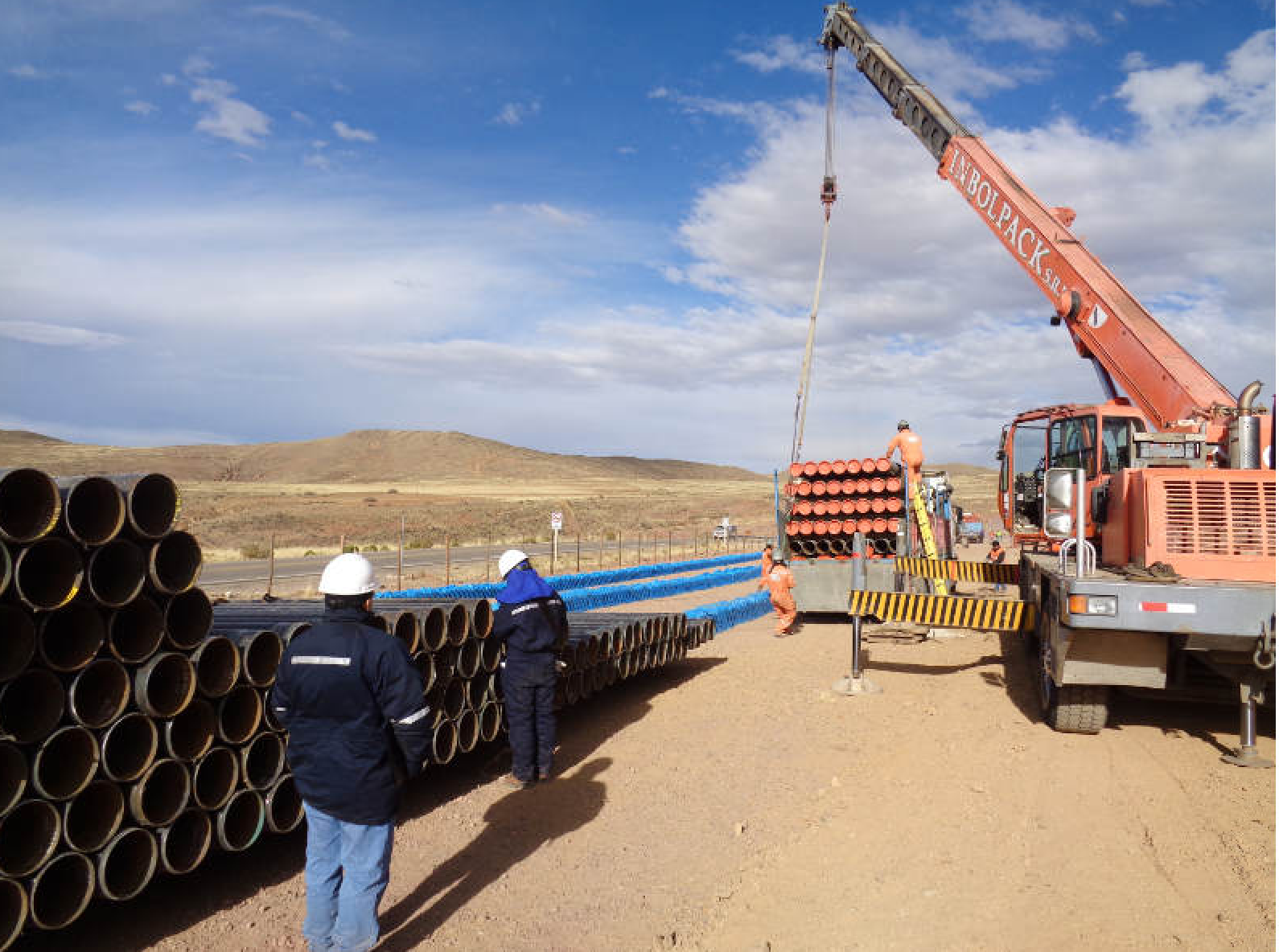September 2017, Vol. 244, No. 9
Features
Bolivia’s Sucre-Potosí Pipeline Offers Energy Boost for 2018

In recent years, gas production and consumption in Bolivia has grown steadily at a rate of 10% per annum, an increase generated mainly by two factors: investment in exploration and distribution of natural gas to homes plus an industrialization plan for hydrocarbons that began in 2007.
In fact, the supply of natural gas rose from 1.06 Bcf/d in 2005 to 2.2 Bcf/d MMmcd in 2016, 70% of which goes to fulfilling export contracts to Argentina and Brazil.
In 2005, there were only 200,000 people with access to domestic gas, compared to about 3.5 million people today. In terms of transportation, 10 years ago the country had just 38,000 natural gas vehicles vs. about 400,000 vehicles now running on compressed natural gas (CNG).
According to Bolivia’s national energy plan, by 2025 even more of those regions will be integrated. This will drive great economic potential, such as the case of Potosí with its immense mining industry.
The Sucre-Potosí Gas Pipeline (GSP) has become a national priority. Although low natural gas and oil prices have affected investments in the expansion of the country’s oil infrastructure, this project will still transport up to 10.7 MMcf/d of natural gas through a 10-inch, 35-mile (56.6-km) parallel pipeline from the town of Mariaca to the city of Potosí. The construction phase, under the turnkey modality, is being carried out by IST Ltda while ICC Ingenieros S.A. serves as supervisor.
The implementation of the GSP Phase I expansion project will allow the expansion of natural gas supply and the development of strategic industrial enterprises for Bolivia.
Phase II of the project will add supply, all linked to the Incahuasi Cochabamba Gas Pipeline (GIC), the most important project under development by YPFB Transporte. The GIC includes a 24-inch, 283-mile (455-km) pipeline destined to transport production from the Incahuasi Field to domestic markets in the west of the country.
The new pipeline represents a short-term response to natural gas demand for the Potosi market, increasing the capacity from 6.8 MMcf/d to 10.7 MMcf/d by implementing a parallel line to the town, which contains a major smelting plant.
YPFB said construction is expected to move fast enough that in the first quarter of 2018, the increase in capacity will become effective.
From an administrative perspective, the work already has the environmental permits, as well as the basic and detailed engineering in place. Additionally, materials including valves, major accessories and 37 miles (57,000 meters) of 10-inch pipe in two thicknesses have been purchased.
Geographically, the Sucre-Potosí Gas Pipeline project is located in the highlands between the provinces of Cornelio Saavedra and Tomas Frías, an area comprised mostly of flatlands and mountains that form part of the Andes.
Elevations range from 11,480-13,120 feet (3,500-4,000 meters) above sea level and average temperatures are between 41°-46°F (5°-8°C) much of the year. The soil along the pipeline is rocky, stony and clay which represents a great challenge since it requires special heavy machinery. According to the work schedule, construction began in March and should take 400 days.
The central camp has been established in the town of Betanzos. Welding and coating, along with inspection of welded joints by non-destructive tests (gammagraphy), are now being carried out. The work is being done in accordance with ASME Standard B31.8 in which the average depth of the pipeline is 3.2 feet (1 meter) for regular line and 3.9 feet (1.2 meters) in urban and crop areas. The depths and width of the trench varies according to the type of soil.
The project has five buried crossings due to the presence of a railroad; three buried crossings due to rivers and a greater ravine, and three necessitated by asphalt roads. There are also about 85 crossings of smaller ravines.
As an example of a special asphalt road crossing, typical of design, the project design engineering team advised that the crossing can be addressed by horizontal directional drilling (HDD) or the “open sky” method, depending on the type of soil at the crossing site.





Comments